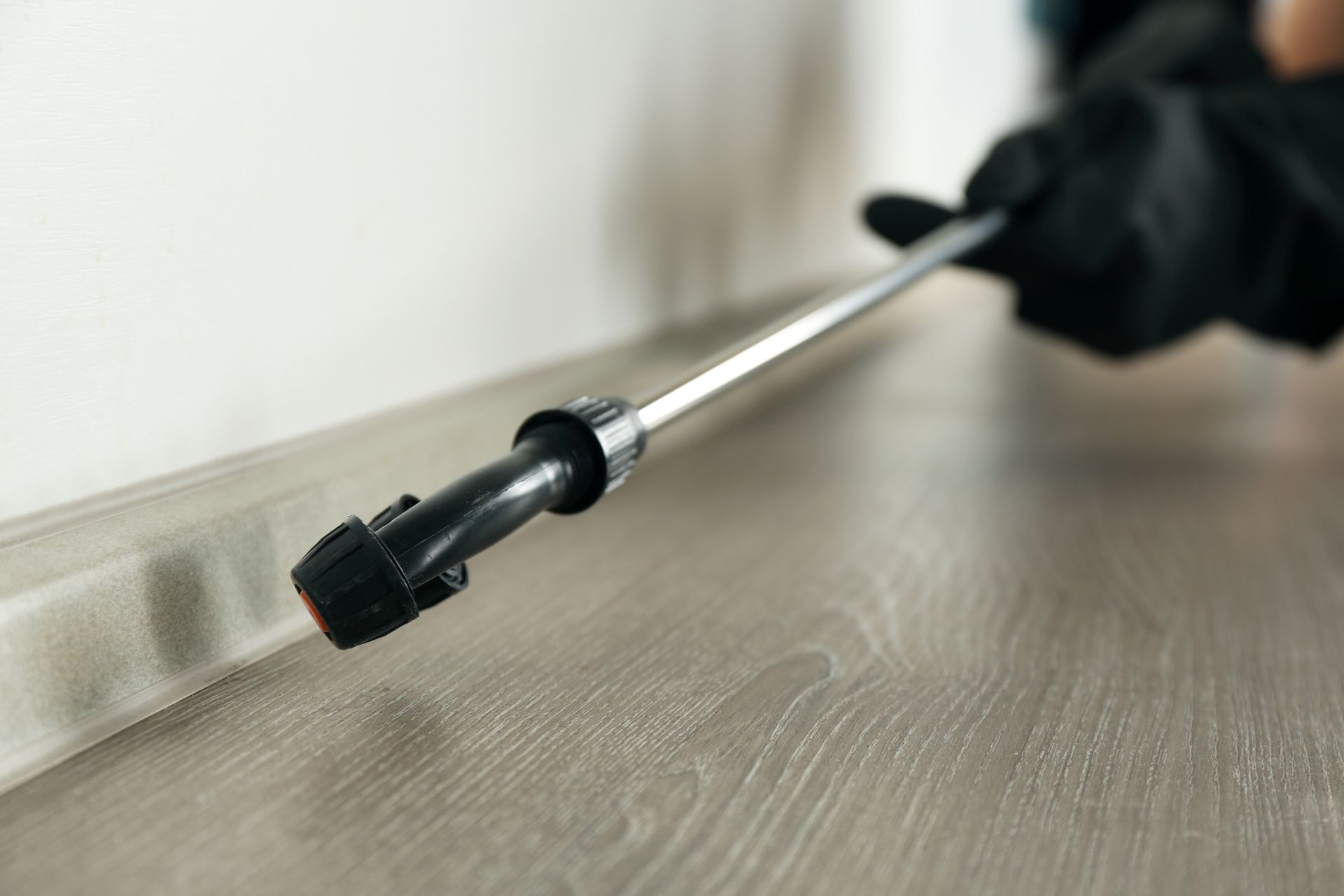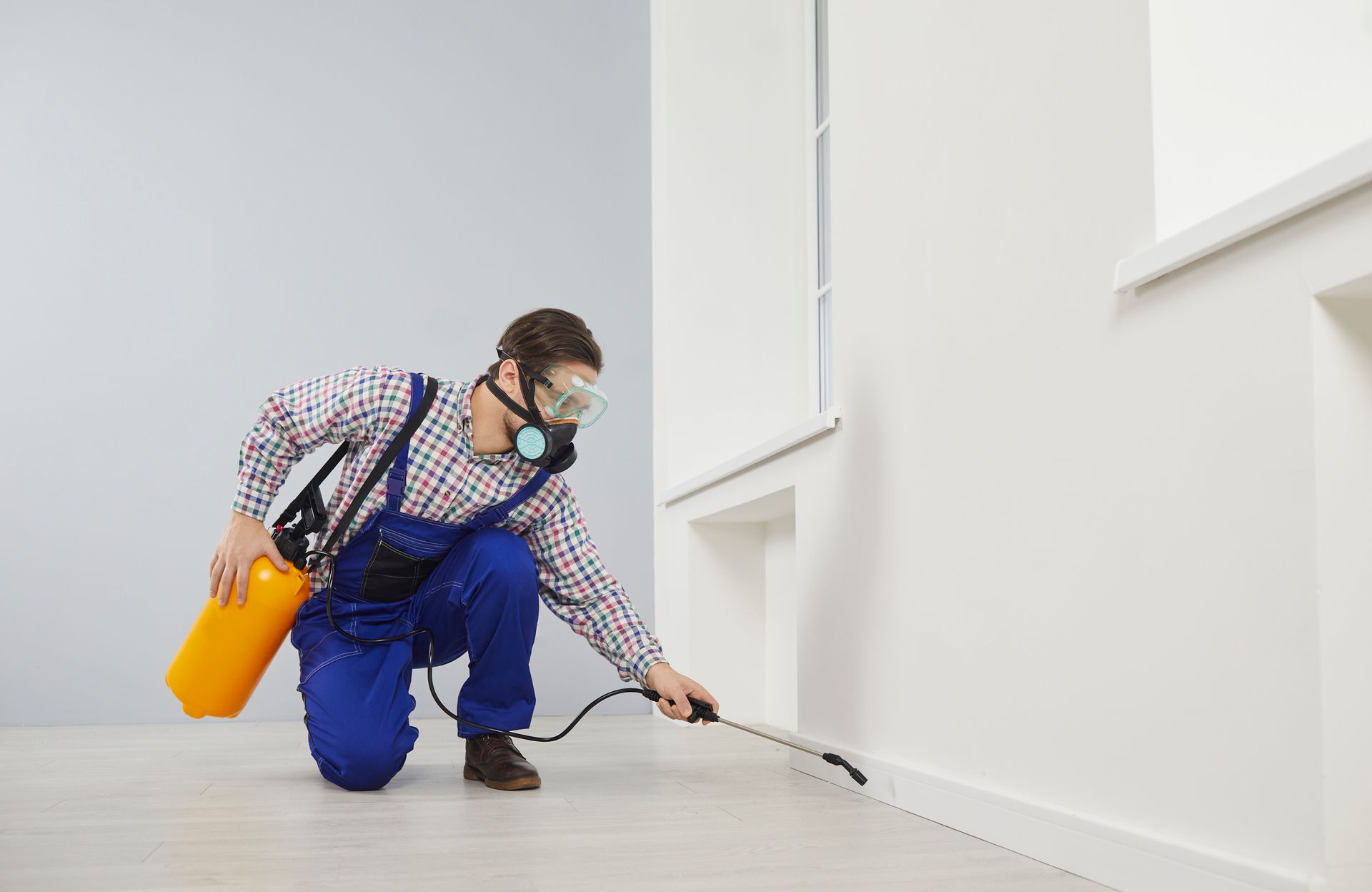Root Weevils
There are many types of weevils, which are similar to beetles, that enter structures primarily in the fall to overwinter and then leave in the spring. Like other insects, they do this because their food source is depleted and weather hardens in the fall. However, there are some weevils that will enter in the spring and stay longer. Weevils have hard shells and an elongated body, forming an oval. Usually when they overwinter in a structure as a mature weevil, but they overwinter under the soil as a larvae.
Root Weevil Lifecycle
The life cycle of a weevil is egg, larvae, pupa, weevil. They pupate in the spring near the soil’s surface and then burrow down by the roots of a host plant to obtain nutrients. Adult weevils emerge from early May to late July. In this way, these weevils are similar to Japanese beetles.
Females can start laying eggs after one to two weeks of being an adult weevil. They lay them near where the plant emerges from the ground. Some species of weevils can lay over 1,600 eggs in their lifetime. Eggs hatch in about 10 days and the larvae burrow into the soil and feed on the roots. There is usually only one generation of weevils per year, and the females are parthenogenic, which means they don’t need males to reproduce.
Root Weevil Treatment
Though weevils can’t fly, they become a nuisance when they get into structures. However, since they take nutrients below ground, they are not seen and could be an unknown problem. They are also nocturnal, so if they are disturbed in the daytime, they will just drop off the plant they were on and hide below the debris on the ground. Some species of weevils are attracted to light in the night hours, so they tend to enter lit structures through external openings.
Paffy’s Pest Control knows how to rid your home and yard of these pests. First, the treatment of the infested plants will help reduce their numbers. Some exclusion of any external openings such as cracks and crevices is important for this. A silicone caulk is recommended especially for: around door frames, junctions where facia boards meet brick or siding, tops of bay windows, utility line entrances, flashing, vents, and other locations.
This maintenance and exclusion work, however, is something the homeowner or licensed contractor would need to do. There are other weevil and insect proofing ideas that could be necessary for your home, but it’s important to get your home sealed well either before an infestation or after a treatment, so as to not close them into the walls of your home. This could lead to a lot more problems.
Paffy’s insecticide that the technician would spray around the base of the plant shouldn’t harm the plant. Ridding them from your yard will prevent them from entering your home. If weevils have already entered, removal with a vacuum is the recommended means to rid your home of them. If an insecticide is applied near the openings of wall voids, any dead weevils in the wall voids may attract other species of beetles as a food source.
Source: NPCA Field Guide to Structural Pests
If you have any other concerns, our office staff would be happy to listen to and address them accordingly. Give Paffy’s a call today! 651-459-4654.















